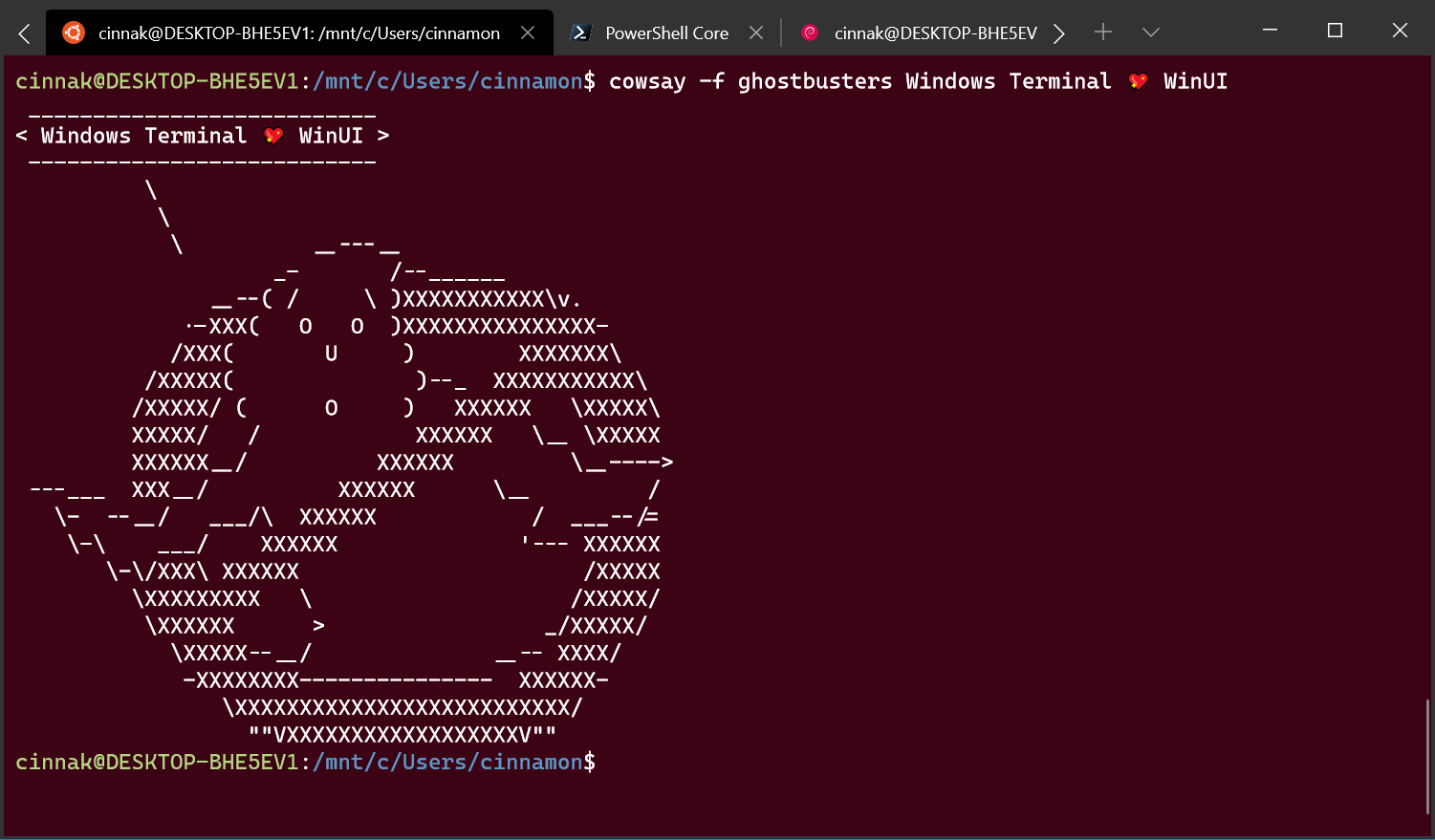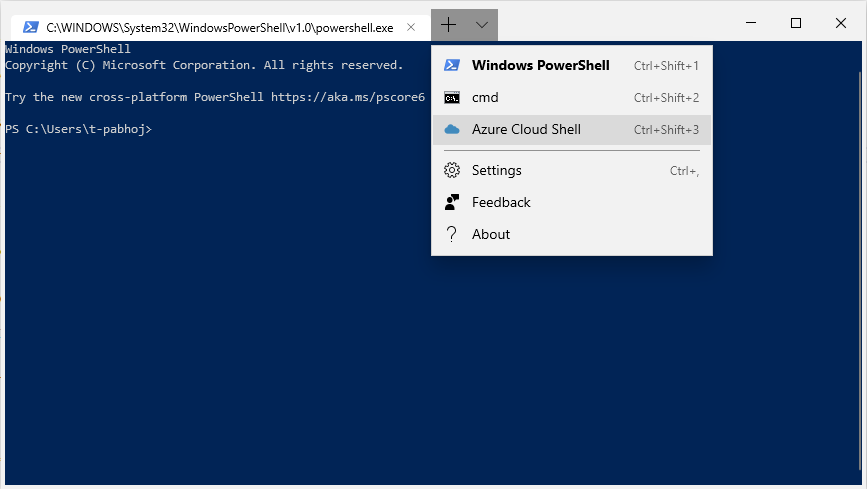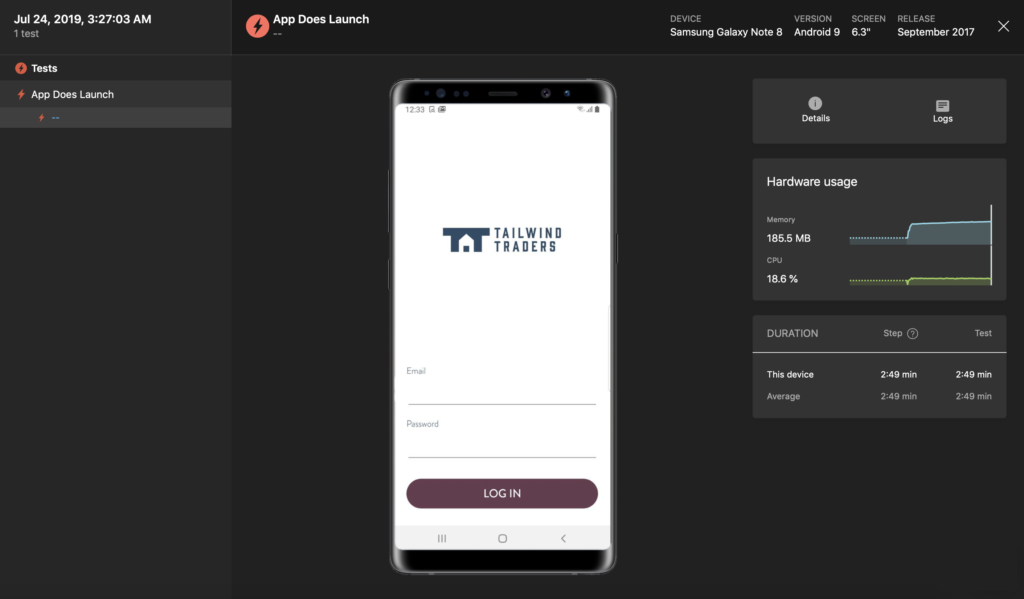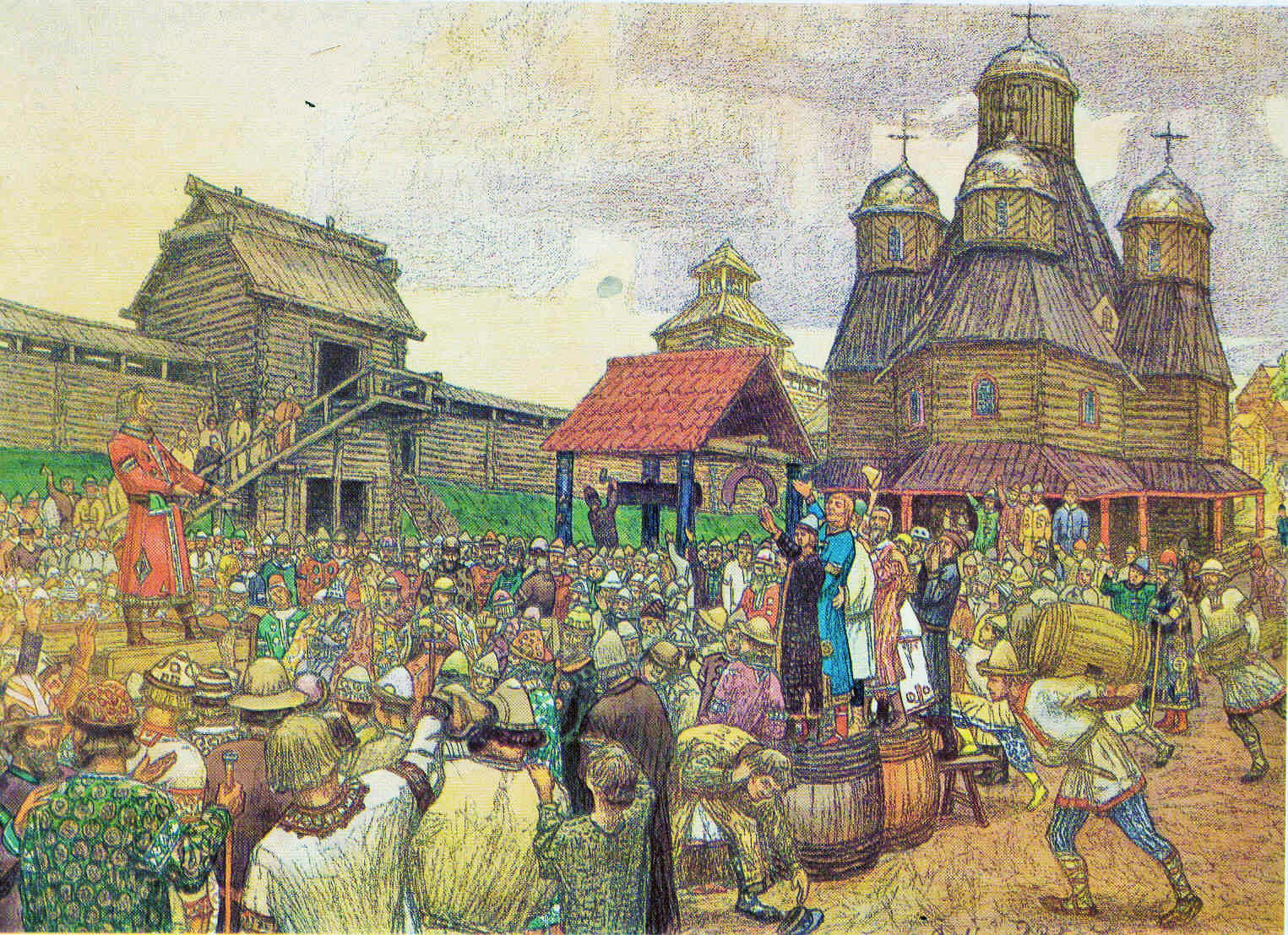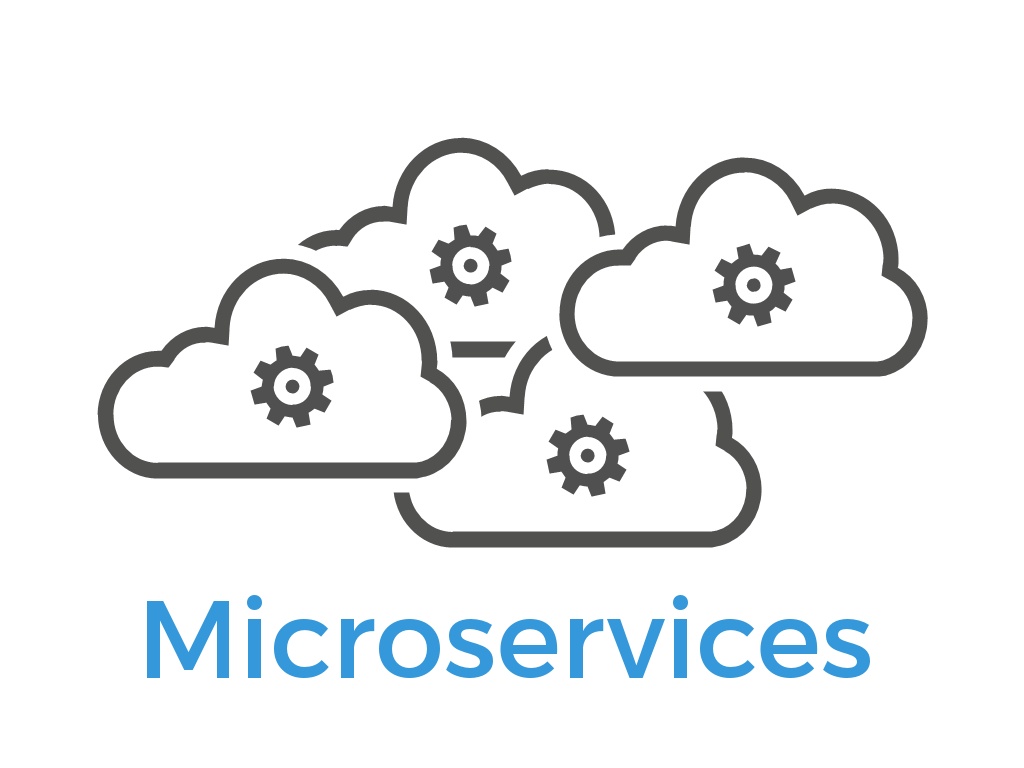Last time we talked about data consistency, looked at the difference between levels of transaction isolation from the point of view of the user and figured out why this is important to know. Now we are starting to explore how PostgreSQL implements snapshot isolation and multiversion concurrency.
In this article, we will look at how data is physically laid out in files and pages. This takes us away from discussing isolation, but such a digression is necessary to understand what follows. We will need to figure out how the data storage is organized at a low level.
Relations
If you look inside tables and indexes, it turns out that they are organized in a similar way. Both are database objects that contain some data consisting of rows.
There is no doubt that a table consists of rows, but this is less obvious for an index. However, imagine a B-tree: it consists of nodes that contain indexed values and references to other nodes or table rows. It's these nodes that can be considered index rows, and in fact, they are.
Actually, a few more objects are organized in a similar way: sequences (essentially single-row tables) and materialized views (essentially, tables that remember the query). And there are also regular views, which do not store data themselves, but are in all other senses similar to tables.
All these objects in PostgreSQL are called the common word
relation. This word is extremely improper because it is a term from the relational theory. You can draw a parallel between a relation and a table (view), but certainly not between a relation and an index. But it just so happened: the academic origin of PostgreSQL manifests itself. It seems to me that it's tables and views that were called so first, and the rest swelled over time.
 It runs south and circles north, circling, circling to run with its wind
It runs south and circles north, circling, circling to run with its wind




